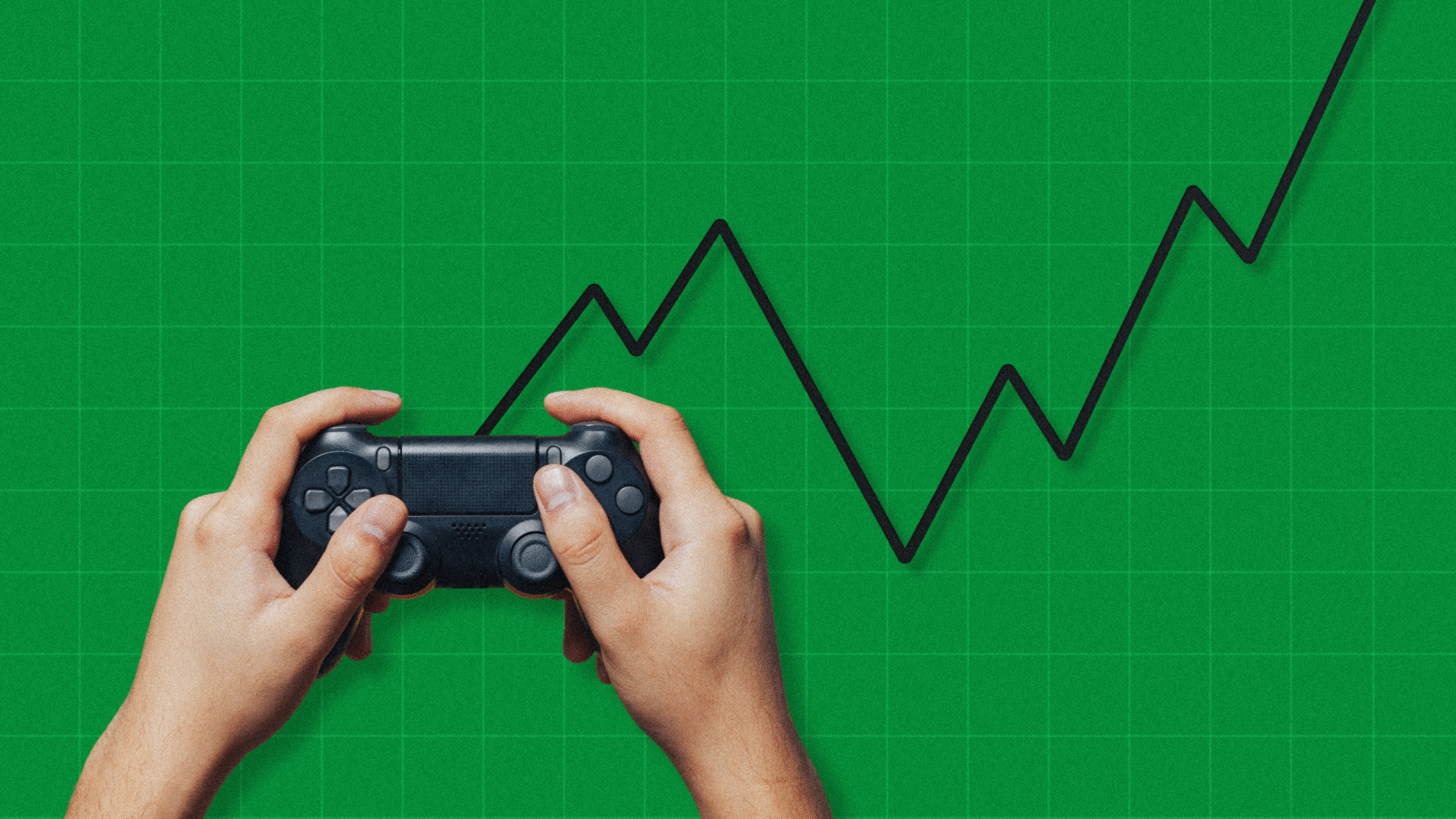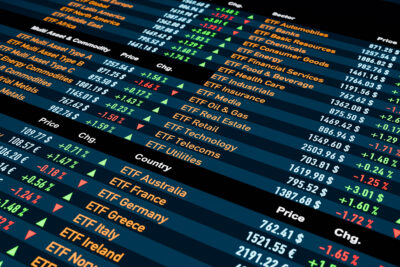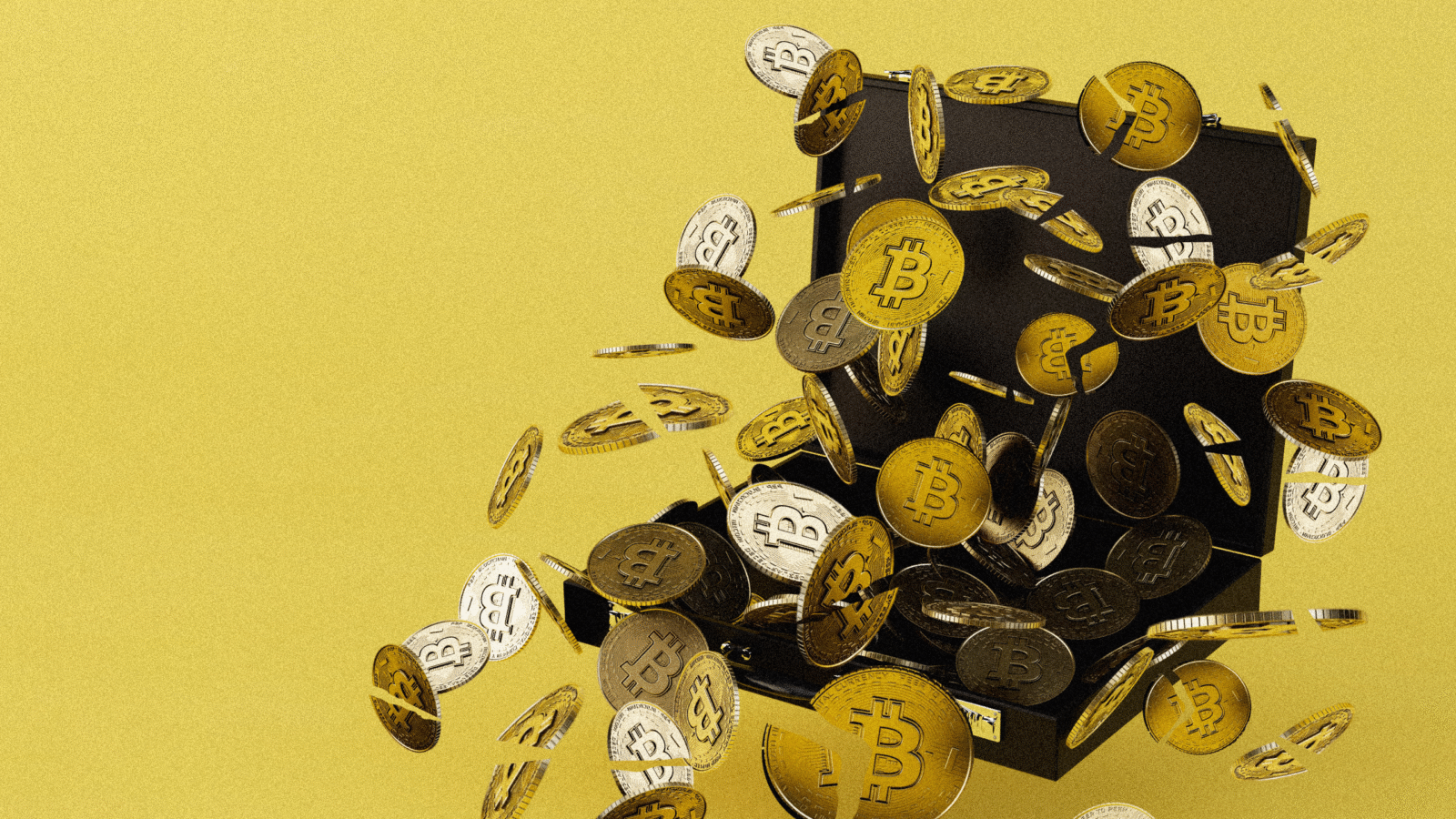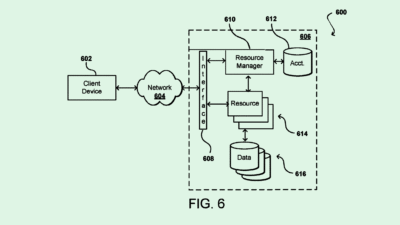Gold’s Shining Moment: From Portfolio Fuddy-Duddy to Must-Have
The gold standard hasn’t made a comeback, but the precious metal’s price is breaking records as confidence in the US dollar fades.

Sign up for smart news, insights, and analysis on the biggest financial stories of the day.
Gold has broken $4,000 an ounce, and suddenly the world is listening to Peter Schiff.
For years, the chief economist and global strategist at Euro Pacific Asset Management was the perennial “gold bug,” warning of the dangers of fiat money, or government-issued currency not backed by gold or silver, but by trust and decree.
Investors used to shrug him off, chasing digital assets and high-flying growth stocks like Nvidia and AMD, while Schiff obsessed over bullion. Now, with doubts mounting over Washington’s ability to manage its debt, his once-eccentric warnings feel eerily prescient.
In a recent post on X, he shared a clip of CNBC anchors chuckling at an old gold forecast. “It was $1,200, and they all laughed at my $5K call,” he wrote. “They can’t laugh at $5K gold anymore, as it’s only $1K away.”
Indeed, gold futures surged past $4,200 an ounce for the first time on record on October 14. The metal’s price has increased nearly 60% so far this year.
Schiff compared the surge to the tremors that preceded the 2008 financial crisis. “Gold’s surge in 2025 likely portends a US dollar and sovereign debt crisis next year that will make the 2008 financial crisis look like a Sunday school picnic,” he warned, lamenting that “few on Wall Street perceive the significance of the warning.”
Schiff’s alarm bells are ringing louder amid record deficits, soaring interest costs, and mounting unease over America’s fiscal trajectory. With debt-servicing costs topping $1 trillion annually and political pressure building on the Federal Reserve to keep rates low, skepticism toward fiat money is spreading beyond the usual fringe.
Gundlach: Gold as a Core Holding
Billionaire Jeffrey Gundlach, CEO of DoubleLine Capital, takes a measured view but shares Schiff’s long-term conviction. Known as Wall Street’s “Bond King,” Gundlach has long championed gold as a permanent portfolio diversifier rather than a speculative bet.
In March 2025, when gold traded near $2,915, he projected a climb to $4,000, citing both technical momentum and growing concern over sovereign credit.
“Investors now regard gold not as a vehicle limited to speculation but as a core holding,” Gundlach told The Daily Upside.
“They have legitimate concerns about the sustainability of debt loads carried by developed-market sovereign issuers, including the US, and about the prospects for a weaker dollar. Already, the Fed faces political pressure from the Trump administration to keep Treasury yields low, a policy that risks stoking inflation.”
For US-based investors, Gundlach said, allocating up to 25% of a portfolio to gold isn’t unreasonable. “The fundamental case for gold,” he added, “is an insurance policy against a weaker dollar.”
JPMorgan Chase Chief Executive Officer Jamie Dimon added luster to gold’s allure last week. “It could easily go to $5,000, $10,000 in environments like this,” he said Tuesday at Fortune’s Most Powerful Women conference in Washington. “This is one of the few times in my life it’s semi-rational to have some in your portfolio.”
Gold at $6,000?
Other Wall Street banks appear to be warming to Dimon’s and Gundlach’s views.
Bank of America recently raised its gold price target, citing fiscal strain, central bank demand, and political pressure on the Fed. BofA’s metals strategists and its chief investment strategist, Michael Hartnett, suggested the rally may only be halfway through.
“If history repeats, gold could reach $6,000 by next spring,” Hartnett wrote. Despite record highs, he observed, few investors are structurally positioned in gold: It represents just 0.5% of personal assets and 2.3% of institutional assets among Bank of America clients.
Hartnett likened the current setup to past “debasement trades,” when investors fled paper assets amid currency devaluation and policy excess. He pointed to potential catalysts: The early nomination of a new Federal Reserve chair, renewed stimulus and “boom/bubble” policies and the possibility of a gold revaluation reminiscent of 1934 and 1973, when governments effectively reset the metal’s price to stabilize the monetary system.
“History doesn’t guarantee the future,” he cautioned, “but in the past four gold bull markets, prices rose an average of 300% over about 43 months.” If that pattern holds, he said, bullion could be trading near $6,000 an ounce by next spring — a vindicating boost for investors who have embraced gold as a hedge.
‘De-Dollarization Is Happening’
Central banks are hoarding record amounts of bullion, diversifying away from the greenback and fortifying reserves amid mounting geopolitical and fiscal uncertainty. In 2024, they purchased more gold than in any year on record, a striking vote of no confidence in the dollar-dominated financial order they once helped uphold.
Global central bank gold holdings climbed to roughly 36,000 tonnes in 2024, with some estimates closer to 36,700 tonnes by October 2025. In a historic milestone, foreign central banks now hold more gold than US Treasuries for the first time since 1996, according to Crescat Capital macro strategist Tavi Costa.
“The monetary transformation I’ve spent my career tracking is now unmistakable,” says Alexander Deluce, founder of The Gold Telegraph.
“De-dollarization isn’t just talk, it’s happening,” Deluce said. “Nations are quietly building a financial system that relies less on Western dominance, and gold is emerging as its foundation.”
That shift reflects something deeper than simple diversification: a growing discomfort with the weaponization of the global financial system. Over the past decade, the US has increasingly wielded its financial clout (control over the dollar, payment networks and access to capital markets) as an instrument of foreign policy.
“Nations have been pushed to seek alternatives,” Deluce warns. “When money becomes a mechanism of control rather than trust, countries naturally look for neutral stores of value and settlement systems. That’s where gold plays a powerful role.”
Critics of US policy, from China and Russia to some uneasy Western allies, say America’s growing use of its economic power is cutting both ways.
Freezing assets, blocking access to banks, even restricting the sale of advanced chips from companies like Nvidia all remind the world that Washington’s dominance in finance and technology can be leveraged. But the downside is that it can, and has, slowly backfired, with many other nations turning to gold, local currencies and new trading systems that don’t depend on the dollar.
Gen Z and Millennials ♥ Gold
It’s not just central banks piling in. Younger investors, Gen Z and millennials both, are rediscovering the allure of gold. Once dismissed as a traditional asset, gold is now capturing the attention of younger investors drawn by inflation fears, skepticism toward institutions and the “digital gold” narrative born from crypto culture.
Millennials, in particular, have emerged as some of the most enthusiastic buyers. According to the 2024 Gold ETF Impact Study by State Street, Millennials now hold more gold than older generations, with over 60% including it in their portfolios, compared with 35% of Gen Xers and 20% of Baby Boomers. Younger investors increasingly see gold not as dated, but as a tangible hedge against volatile markets, digital currency risks and eroding faith in central banks.
The gold revival extends beyond private portfolios and has made its way into state policy. Texas has formally recognized gold and silver as legal tender, highlighting gold’s enduring relevance in an era of digital dollars, rising debt and fiscal uncertainty.
Texans will be able to use their gold and silver holdings, stored in the state’s bullion depository, for everyday payments through electronic systems such as mobile apps or debit cards. The law, House Bill 1056, was championed by Republican state representative Mark Dorazio and signed into law by Governor Greg Abbott.
The move signals how precious metals, once seen as a niche or legacy asset, are increasingly being integrated into practical, modern financial systems.
In fact, in case you didn’t know, gold bars have become one of the hottest items at Costco.











